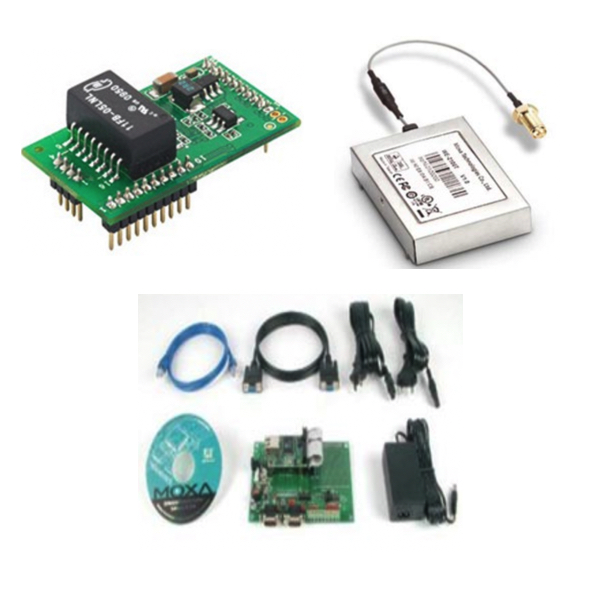Embedded Networking

Embedded systems are devices designed to perform a specific application or function within a larger system. They are typically composed of a processor, memory storage, power supply and communication ports. They communicate with nearby components using actuators and sensors and will only perform designated functions after receiving the correct response. Embedded systems usually perform control and monitoring functions such as controlling switches and motors and gathering and reporting sensor readings.
Embedded networking allows communication and data exchange between embedded systems. Embedded systems were originally designed to work on a single device, but with the advancements in digital telecommunications, embedded systems now have an expanded range of potential applications. Embedded devices that connect to local area networks (LANs) or the internet can be implemented using Ethernet technology. Ethernet connections are often used as part of a protocol stack known as the Internet Protocol Suite or TCP/IP. Embedded systems can connect to a network using a copper or fiber ethernet cable with the help of an ethernet networking interface card.
Products
More Information about Embedded Networking
Embedded systems are used in industrial settings for control and automation of machinery and factory systems.They are used in larger systems to perform specific functions, such as controlling assembly-line speed, controlling motors and valves, adjusting temperatures and managing networking equipment. The components in industrial embedded systems have been tested and validated to operate reliably in challenging and harsh environments.
Serial Communication Basics
Serial communication sends data sequentially over a computer bus or communication cable one bit at a time. Parallel communication sends data simultaneously over multiple communication lines in a single bus or cable multiple bits at a time. While it may seem that parallel communication would be the preferred method, this is not always the case. Because of the increased complexity of data transmission in parallel communication, serial communication can provide faster speeds. The speed of serial communication can be altered by adjusting the BOD rate, which increases the number of the bits transmitted per second.
Two of the most common standards that have been created to take advantage of serial based communication in the industrial space are RS 232 and RS 485. RS 232 standard used to be very common, however it had lower transmission speeds, short maximum cable lengths and large voltage swings, making it useful only in certain situations. RS 485 is an improved standard that is still found in many applications today. It fixed many of the issues the RS 232 standard had by providing higher transmission speeds, longer cable lengths and other improvements that increased its usability and performance.


